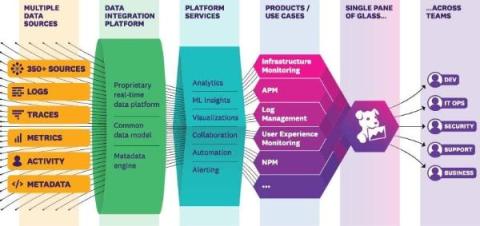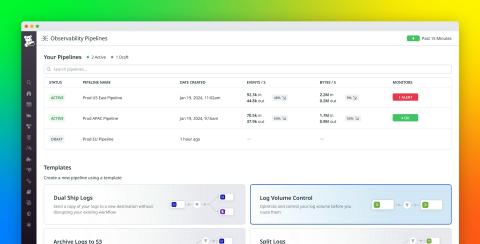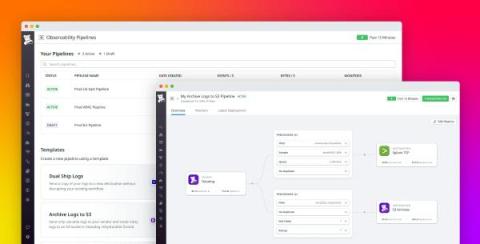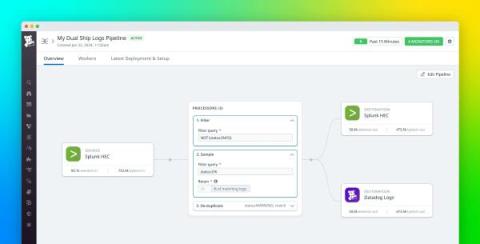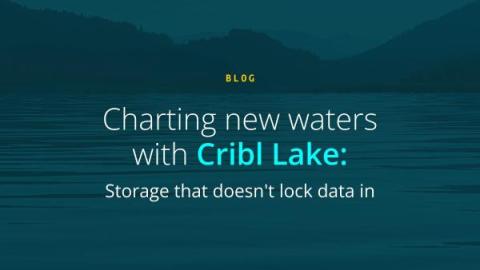Sumo Logic Flex Pricing: Is usage pricing a good idea?
When discussing observability pricing models, there are three dimensions that must be considered The first, Cost per Unit, is an easy-to-understand metric, but in practice it is often overshadowed by a lack of transparency and predictability for other costs. The question is simple: how does a usage based pricing model impact these variables?




